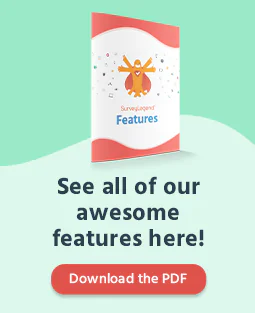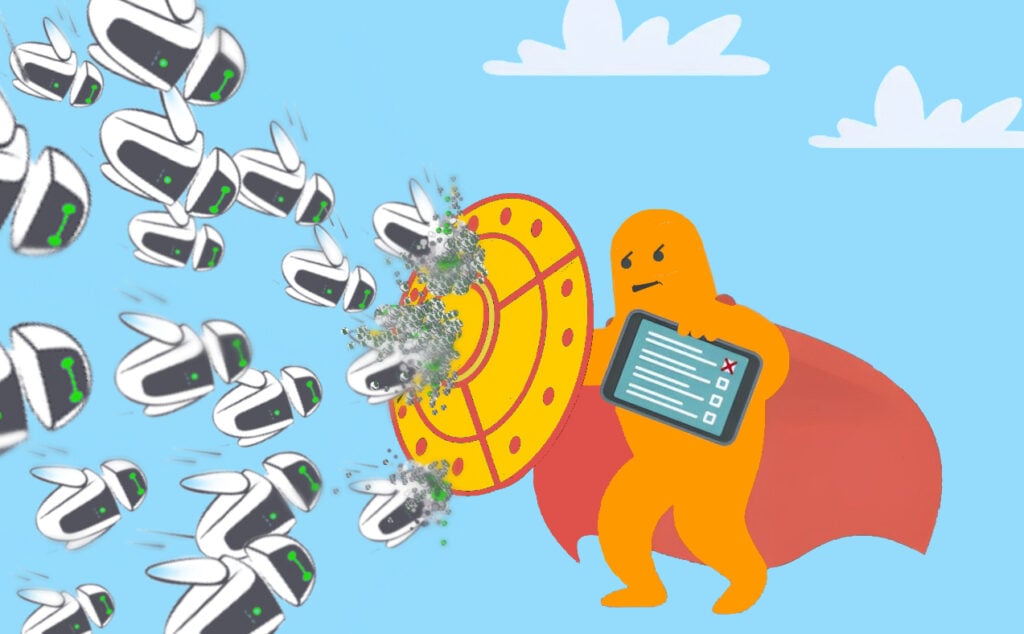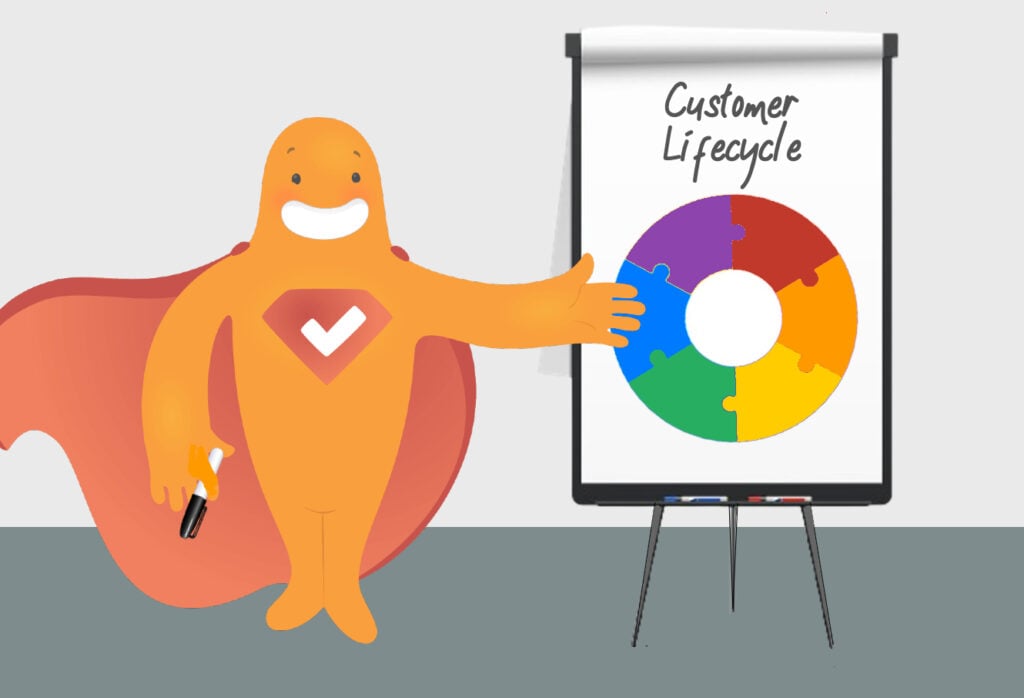Have you ever received an email survey and thought, “I have a few minutes to spare, I’ll do it,” and then opened it up only to discover it had 75 questions, with many of them being open-ended ones to boot? Chances are, you said “forget it” and closed or deleted the email. Let’s face it, most of us are pretty busy, and without some sort of financial incentive, we usually won’t take the time to complete unreasonably long surveys. Researchers are beginning to understand this, and today many of them are now using microsurveys to gather responses.
Create your microsurvey, form or poll now!
What Is a Microsurvey?
Unlike that 75-question survey that you may have scoffed at earlier, chances are you would have taken the time to complete the survey had it been just 10 or 12 questions. Most of us, without any sort of incentive, will participate in an activity that takes five minutes or less (some may even welcome the break from normal activities).
A microsurvey offers that quick break. It’s a short survey that takes an average of three minutes to complete. Designed to respect the recipient’s time, microsurveys ask a limited number of questions and generally use multiple choice questions or a Likert scale to make their questions easy to answer. Despite their brevity, insights from an effective microsurvey have been known to shift strategies, add critical data points to a report, and provide a quick pulse on the marketplace.
Top 7 Benefits of Conducting Microsurveys
1. Fast Feedback
Lengthy surveys will undoubtedly get some responses, even without an incentive. However, some respondents may delay responding because they know it is going to take them some time to complete. They may also intend to complete the survey later, and then forget to come back to it, requiring researchers to send out reminder emails.
2. Better Survey Response Rate
The more time-consuming a survey is, the less likely a respondent is to complete the survey. As we addressed at the start of this article, if a potential participant sees that the survey is going to take a significant amount of their time, they may disregard it altogether.
3. No Need for Incentives
Offering financial incentives is a good way to get responses to a survey. However, if you’re sending out a significant number of surveys, this can get expensive. In addition, when money is involved, you can’t be certain that the respondent is answering honestly, or just breezing through the questions to reap the reward. Microsurveys only ask for a few minutes of a participant’s time, so they’re more likely to answer without expecting a reward.
4. More Accurate Responses
Typically, the more survey questions there are, the less time a participant will spend considering the question in an effort to get through the survey quicker. Faster responses mean less attention to detail, which jeopardizes the accuracy of the survey. A microsurvey asks only the most necessary questions to ensure participants consider them carefully and don’t rush on to the next question.
5. More Mobile Respondents
Today, most people tend to their emails on their mobile devices. Lengthy surveys (and those with open-ended questions) can be difficult to complete on a small phone, so they’re often disregarded. With a responsive design, a microsurvey can easily be completed on a mobile device, capturing responses even when a participant is on the go, say on their morning commute, a lunch break, or while waiting for an appointment.
6. Lower Drop Off Rates
A survey participant may begin to engage with a lengthy survey, but grow fatigued or become distracted, resulting in high dropout rates which can skew your results. With a microsurvey, dropoff rates are lowered because it only requires a brief time commitment.
7. Easier Analysis
When you’re asking a lot of questions, you’ll have a lot of results to analyze. If you’re looking to make some quick decisions and don’t want to spend a lot of time or money on analysis, a microsurvey simplifies the process by reducing the number of questions and usually eliminating qualitative questions that take time to review.
Conclusion
Is your survey response rate low? Perhaps microsurveys are the way to go! While microsurveys are a great way to get results, it’s important to understand that there can be drawbacks. By definition, microsurveys are a short survey, which limits the number of questions you can ask and the type of questions you can ask, so you may not always get actionable feedback (for example, you may learn that customers are not happy with your product, but may not have a clear understanding of why without follow-up or open-ended questions).
However, when you’re looking for fast and accurate data, microsurveys provide a win-win for many researchers. SurveyLegend can meet your needs, whether you want to conduct an in-depth study or a quick survey. Our surveys provide a beautifully pre-designed microsurvey layout, and they are mobile responsive, making it as easy for you to create them as it is for participants to complete them. Take a tour of our services, or get started now for free!
Has your company been conducting microsurveys? Do you get a better response rate with a short survey? Let us know in the comments!
Create your microsurvey, form or poll now!
Frequently Asked Questions (FAQs)
Microsurveys are brief surveys designed to take under five minutes to complete.
Most microsurveys consist of less than 15 questions, with 10-12 being the sweet spot.
To keep survey response time short, multiple-choice questions or Likert scale questions work best on a microsurvey.
Microsurveys offer fast feedback, better response rates, more accurate responses, lower drop-off rates, easier analysis, and don’t require incentives.





